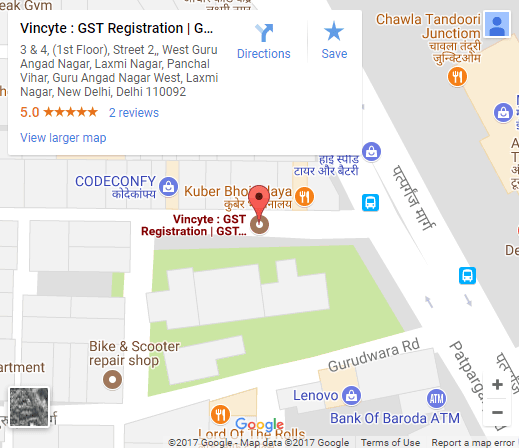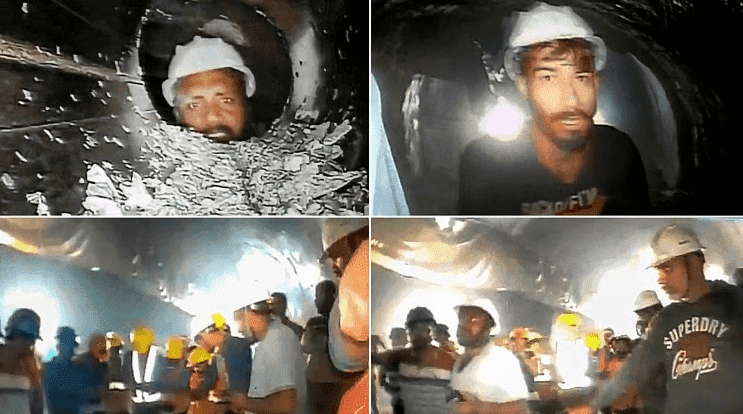Uttarakhand Tunnel Collapse
Uttarkashi Tunnel Collapse: Five agencies have been assigned distinct tasks to execute in order to evacuate the forty-one workers who have been trapped inside the Silkyara tunnel, according to the Ministry of Road Transport and Highways. Uttarkashi: Days after a section of the tunnel collapsed, trapping several workers inside, NDRF personnel and others were at the under-construction tunnel between Silkyara and Dandalgaon on the Brahmakhal-Yamunotri national highway. A six-inch pipe was forced through the debris of the section of the Silkyara tunnel in Uttarakhand that had fallen late on Monday, marking a significant advancement. Audiovisual communication with the stranded workers was also restored later on Tuesday. Following a landslide on November 12, parts of the tunnel collapsed, trapping as many as 41 workers. Rescue efforts have been conducted on a war footing ever since.
The five options:
There are reportedly five different ways that the authorities intend to free the people who are stuck within the collapsed tunnel. The Ministry of Road Transport and Highways said previously that different government entities were assigned specialized roles and were involved in the rescue operation. To implement the five choices, five distinct agencies were given explicit instructions. The area that the workmen are stuck in is two kilometers long and 8.5 meters high. “Five agencies namely Oil and Natural Gas Corporation (ONGC), Sutluj Jal Vidyut Nigam (SJVNL), Rail Vikas Nigam Limited(RVNL), National Highways and Infrastructure Development Corporation Limited (NHIDCL), and Tehri Hydro Development Corporation Limited (THDCL) have been assigned responsibilities,” Anurag Jain, Secretary of the Ministry of Road Transport and Highway.
1. 1.2 meter-wide hole after vertical drilling:
The rescuers intend to excavate a vertical hole 1.2 meters wide from above the tunnel. The Hindustan Times said on Tuesday that this will be carried out over a 90-meter distance in order to reach the workers. Arnold Dix stated, “Vertical drilling will start once the site is prepared because for vertical drilling it is very important that it is done very accurately.” Early on Tuesday, the first vertical drilling machine arrived at the Silkyara tunnel. According to the report, two more machines are scheduled to arrive from Gujarat and Odisha in the next two to three days. “The Satluj Jal Vidyut Nigam Limited (SJVNL) has brought a heavy drilling machine and is now at the tunnel site to being the vertical drilling operation,” Early on Tuesday, the first vertical drilling machine arrived at the Silkyara tunnel. According to the report, two more machines are scheduled to arrive from Gujarat and Odisha in the next two to three days. “The Satluj Jal Vidyut Nigam Limited (SJVNL) has brought a heavy drilling machine and is now at the tunnel site to being the vertical drilling operation,”
2. Horizontal boring by NHIDCL:
In order to free the trapped workers, engineers had been attempting to horizontally drive a steel pipe through at least 57 meters (187 feet) of rock and earth. The pipe had to be just wide enough. However, the enormous earth-boring device they were employing encountered obstacles that it was unable to pass. According to officials, “a cracking sound created a panic situation on Friday, so drilling on that route was paused.” The team from National Highway Infrastructure Development Corporation Limited (NHIDCL) will now restart drilling from the Silkyara side of the tunnel mouth. The Augur boring machine will be used for the horizontal boring.
3. Another vertical tunnel from the top:
With their experience in deep drilling, the Oil and Natural Gas Corporation (ONGC) has been assigned the task of constructing another verticle tunnel at the 2.3-kilometer mark. The tunnel is expected to be approximately 325 meters deep, and the equipment needed for the project was imported from Ghaziabad, Mumbai, and the US.
4. Rescue from Barkot end:
By using the traditional drill and blast method, the Tehri Hydro Development Corporation will make a narrower, 483-meter tunnel through the Barkot end of the tunnel.
5. Another horizontal drilling by RVNL:
In a press release, the Ministry of Road Transport and Highways stated that Rail Vikas Nigam Limited (RVNL) is developing a second vertical pipeline to supply necessities. According to the press release, experts recommended that the best and quickest course of action be to lay a 900 mm pipe through the muck. The Hindustan Times reports that the RVNL is microdrilling from the tunnel’s left. This tunnel will be 168 meters long and 1.2 meters wide. It will be horizontal. As reported by the Indian Express, it will intersect the current tunnel approximately 300 meters in length from the Silkyara side.
The breakthrough
On Monday, a 15-centimeter (six-inch) pipe was installed in the tube that was used to transport supplies to the men. This allowed the camera to be sent down the tube. It’s hoped that a drone can be dispatched to evaluate the area where the men are trapped for stability. For the first time, hot meals were also delivered via the new pipe. Pushkar Singh Dhami, the chief minister of Uttarakhand, stated on Tuesday, more than a week after the incident, “We saw a big success last night (Monday, November 21) with the efforts of all agencies, experts, engineers, officials and people working there.” There, a six-inch pipe was inserted. Food is sent to them (the trapped workers) through that. We ask God to bring forth our laborers and for any of our options to be successful as soon as possible.”
Rescuing workers top priority:
Prime Minister Narendra Modi “is taking information from us every day…Everyone is giving their best,” according to the Chief Minister. Dhami stated in a post on X that he informed Prime Minister Modi that the workers are safe, but that the rescue effort is the first priority. On November 12, while a tunnel was being built from Silkyara to Barkot, it collapsed, trapping 41 workers because of a muck fall that happened in a 60-meter section on the Silkyara side of the tunnel. The 2 km long tunnel section where the workers are thought to be trapped has concrete work finished that ensures their safety. Both water and electricity are available in this section of the tunnel.
Get In Touch

Contact Us
New Business


